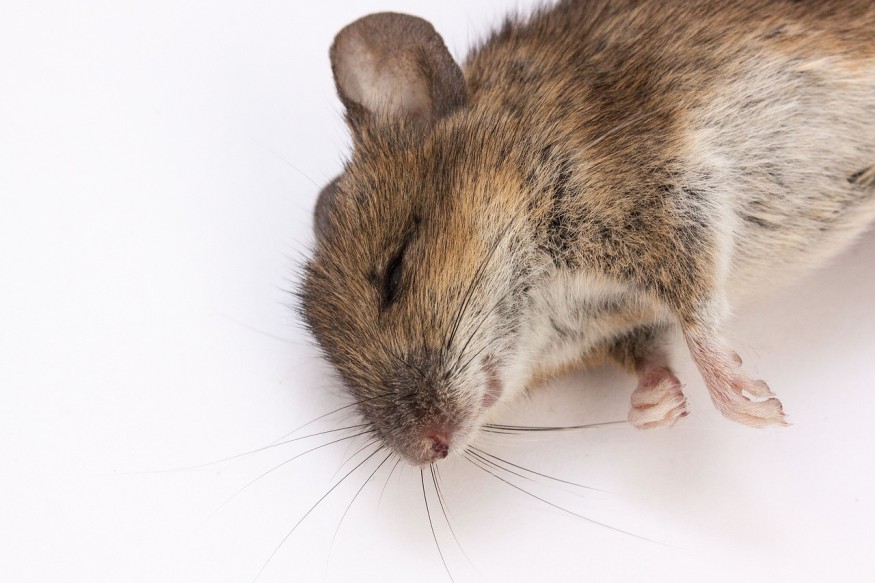Cancer is one of the world's leading causes of death, especially among the old and middle age groups. Yet, the life-threatening illness can also affect younger people.
While cancer has been occurring since time memorial, scientists have spent several decades attempting to understand its causes and mechanisms, as well as how to cure and prevent it. So far, we have made yet no permanent solution.
Cancer research has come along with the use of different animals, including mice, since they have been considered the closest living organism relevant to humans, in the context that they are also mammals just like us.
These so-called 'lab animals' are subject to experimentation with the hope of improving our knowledge of cancer in humans, while maintaining ethical practices that still promote animal welfare.
While previous experimentations on cancer treatment involved living animals, a new study used a dead mouse to create a 'see-through' version of the rodent. Dubbed a 'transparent mouse,' the animal was converted by the scientists in the new research to help our cancer detection method, which could be applicable in cancer medicine for humans in the future.
Transparent Mouse

In the study published in the journal Nature Biotechnology on Monday, July 10, a research team led by Germany utilized the transparent mouse to find undetectable cancer tumors that are invisible to conventional cancer scanning methods like MRI and PET, which can only scan large cancer tumors. The see-through mouse allows the researchers to identify small tumors even on a cellular level.
The new cancer detection method was derived from a dead mouse and developed to become a transparent one back in 2018 by Professor Ali Ertürk, from Helmholtz Munich research centre, and his team. The experimental study aims to address the issue of current drugs and other cancer therapies; that despite their application cancer reoccurs in some patients after several months or years.
In 2020, cancer was responsible for almost 10 million deaths worldwide, according to the World Health Organization.
Cancer Research
Cancer research involves the rigorous study of how and why benign and malignant cancer tumors on an individual, as well as the biological mechanisms in which they operate. Although the field of medicine has yet to develop a long-lasting cure for cancer, our current theoretical and practical knowledge of cancer treatments allowed some cancer patients to survive in excess of several years, according to reports.
The Cancer Research UK institution stated the new scanning method had a "wealth of potential," as cited by the BBC, which reported that the researchers find the method to be more detailed and accurate.
However, the model of a transparent mouse cannot be applied yet to humans, when it comes to making our organs and tissues see-through. Scientists used certain chemicals to remove all fats and pigments from the dead mouse while retaining its organ and nerves, making them transparent.
Related Article : NEW DISCOVERY: Mosquitoes Smell Early Signs of Human Cancer
© 2025 NatureWorldNews.com All rights reserved. Do not reproduce without permission.




